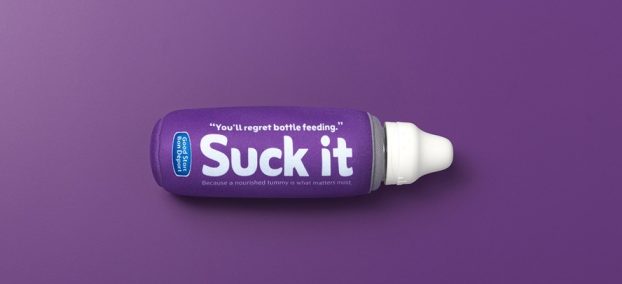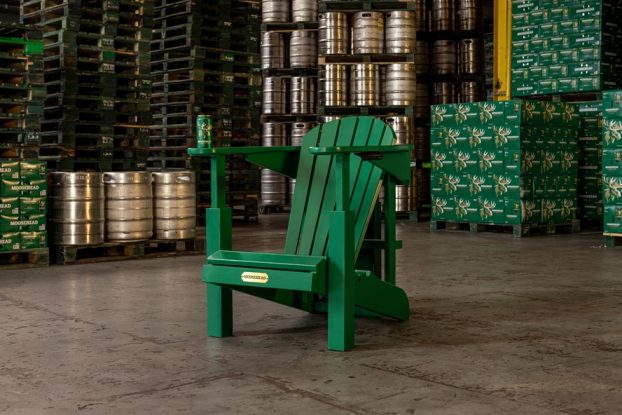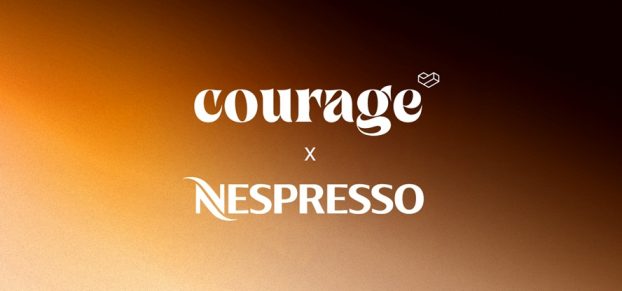The Challenge
Quebecers just can’t get enough coffee. Or can they?
That’s the concern for the Dunkin’ Donuts chain, which operates nearly 200 Canadian outlets, most of them in Quebec.
True, coffee consumption in La Belle Province ‘just keeps growing and growing,’ according to Jean-François Leduc, marketing manager for Dunkin’ Donuts, which is owned and operated in Canada by Montreal-based Allied Domecq International. But Quebec, like most other major North American markets, has also been blanketed in recent years by an ever-increasing number of specialty coffee shops. And that means a heightened competitive challenge for some of the older players in the category.
While Dunkin’ Donuts is well established as a popular afternoon stop for a quick snack, Leduc says it isn’t top-of-mind when Quebecers are contemplating the day’s first cup of joe. That’s something that needs to change if the doughnut chain is to strengthen its competitive position in the marketplace. ‘We need to remind consumers that this is the place to go in the morning for coffee,’ he says.
The Media Strategy
Working with its Montreal-based ad agency, Palm Publicité Marketing, Dunkin’ Donuts launched a 10-week billboard, television and radio campaign in Quebec last October. The key to the strategy, Leduc says, was to bombard consumers with messages in the morning ‘when they have the impulse to buy coffee.’
The goal was to dominate the streets and airwaves of the province, affirms Claudette Valois, media group head at Palm. Multiple billboard executions appeared along major urban arteries, as well as on smaller streets chosen for their proximity to actual Dunkin’ Donuts locations. The TV buy, meanwhile, was concentrated entirely in morning news and entertainment shows. And the radio spots – 11 in French and eight in English – aired during the all-important drive-in time period.
‘From the moment they got up in the morning, we wanted them to hear it on the radio, see it on TV and pass it on the street,’ says Pierre Viel, account director at Palm.
The Execution
The creative concept was developed with the particular strengths of outdoor in mind – but also with an eye toward adaptability to other media. Everything revolved around a simple but ingenious visual hook – the circular brown stain that a cup of coffee leaves behind.
Each of the minimalist billboard executions played with this image. One, for example, showed a stain seeming to rise from the bottom of the board like a sunrise, accompanied by the headline ‘Lever du soleil.’ Another, headlined ‘Sourire matinal,’ showed a series of stains linked together in the shape of a contented smile. Similar creative was also used for point-of-purchase materials.
One of the virtues of this approach, says Viel, is that it got away from the familiar visual come-ons of the category, like the steaming mug of java or the overflowing sack of roasted beans.
The television portion of the campaign simply took the billboard concept a step further, adding sound and movement in a series of 15-second spots. Radio, however, proved a little more of a challenge, since the ‘stain’ idea obviously wouldn’t translate directly.
What the agency tried to do instead, says Viel, was create ads with the same simplicity as the rest of the campaign, using auditory cues in the same way that the billboards employed the stain imagery. One spot, for example, consisted solely of a man imitating the sound of coffee being poured.
The Results
Leduc says this campaign was simply the beginning of a longer-term strategy to claim a larger share of morning coffee sales. And preliminary research indicates that this effort is on track. Of those consumers interviewed after the campaign, he says, 87% ranked the billboards as top-of-mind. And 77% said they found both the message and the brand itself to be credible.
Lessons Learned
Dunkin’ Donuts has used billboard advertising before, Leduc says, but its efforts were pretty run-of-the-mill. Only recently has the chain begun making a conscious effort to stand out in the medium – and from the response so far, it’s clear that there’s a lot to be gained by this approach. A second flight of ads will run over the next several weeks, and Leduc says a further extension of the campaign is a definite possibility.
Also in this report:
– The out-of-home conundrum: Why don’t advertisers do a better job of integrating multi-media efforts? p.B1
– Quebec dairy producers milk outdoor opportunities p.B1
– Stampede lures locals with transit blitz: Humorous bus boards take message deep into Calgary’s neighbourhoods p.B4
– CIBC targets commuters with whimsy: The campaign began with the ‘billboard thought’ p.B8























